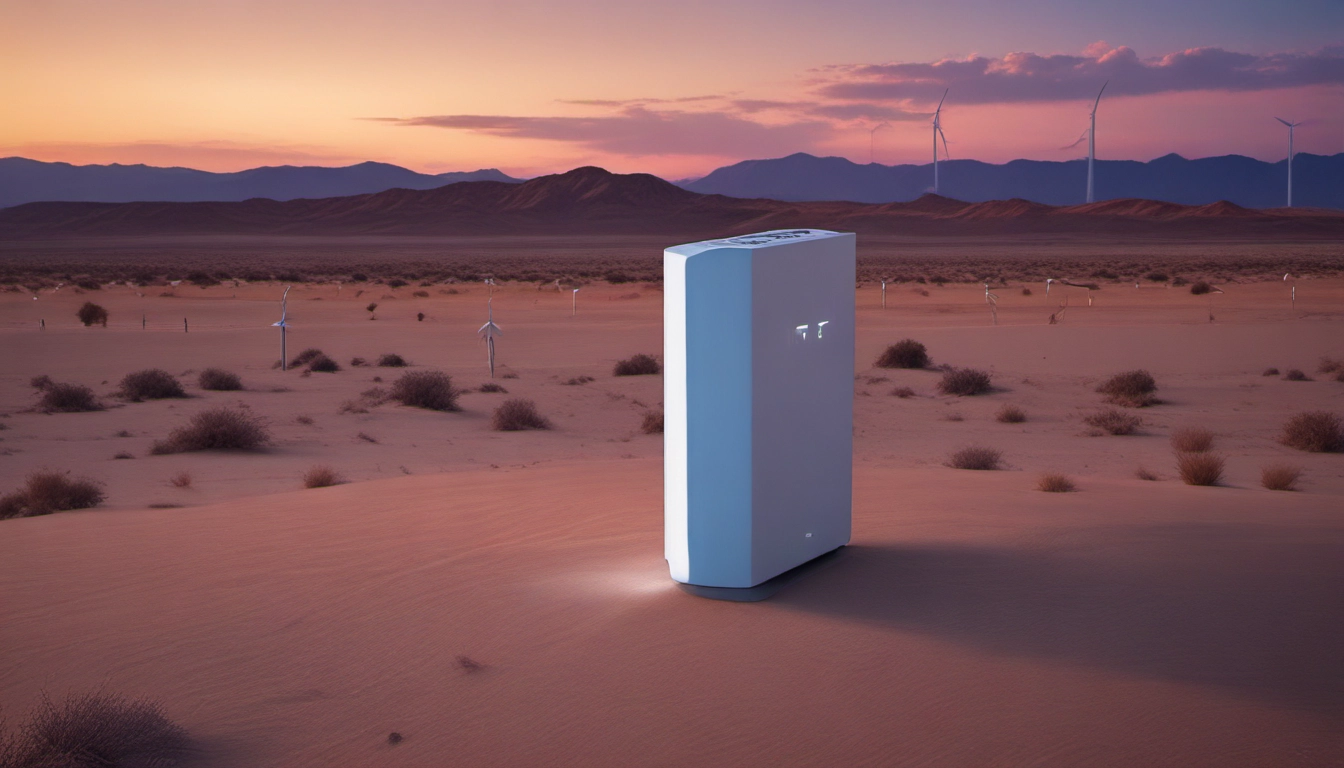Megapack 3 vs Megapack 2: Full Spec Comparison
Compare Tesla Megapack 3 vs Megapack 2: specs, energy density, efficiency, and site cost impact to help developers choose the right grid-scale BESS.

Quick answer: top differences
Megapack 3 gives about 5 MWh per unit, higher energy density, and new modular "Megablock" deployment. Megapack 2 (often sold as 2XL) is proven and modular but has lower per-unit capacity at about 3.9 MWh. For many projects Megapack 3 will cut footprint and site cost; Megapack 2 can still win on existing supply chains and known performance.
Why this matters
Utilities and developers use grid-scale batteries to store wind and solar and to replace peaker plants. The new Megapack 3 focuses on higher energy per unit and faster build via a modular system called Megablock. That changes land needs, transport, and installation time for big projects.
At-a-glance spec table
| Feature | Megapack 2 / 2XL | Megapack 3 |
|---|---|---|
| Rated energy per unit (approx.) | 3.9 MWh (2XL model) | ~5.0 MWh per unit (Tesla announcement) |
| Round-trip efficiency | High, market-leading (Tesla lists high efficiency for Megapack 2) | ~91% at medium voltage (Tesla states, includes auxiliaries) |
| Design life & cycles | Designed for long life; commercial projects since 2019 | 25 years and support for 10,000+ cycles (Tesla announcement) |
| Energy density | Baseline for earlier Megapack models | ~28% higher energy density vs Megapack 2XL (Tesla claims) |
| Deployment model | Modular cabinets, established supply and siting methods | Megablock modular architecture for faster, larger-scale builds |
| Operating temperature range | Designed for wide climates; site-specific solutions used | Engineered for -40°C to 60°C ambient operation (Tesla announcement) |
| Software & controls | Works with Tesla software stack and industry tools | Integrated with Tesla Powerhub and Autobidder for trading and dispatch |
Key specs explained in plain words
Energy per unit
Megapack 3 packs more battery into each box. That means fewer boxes for the same total MWh. Fewer boxes lower land use, fewer cable runs, and simpler site wiring.
Energy density
Higher energy density means each unit stores more power for its size. Tesla says Megapack 3 has about 28% higher density than the Megapack 2XL. For developers this can cut site area and reduce land cost.
Round-trip efficiency
Round-trip efficiency measures energy you get back for energy you put in. Tesla lists ~91% round-trip efficiency for Megapack 3 at medium voltage after auxiliary loads. Higher efficiency lowers energy losses and improves operational value when shifting solar or wind to peak hours.
Megablock architecture
The Megablock is a modular building block for fast deployment. It lets crews install large blocks of storage faster than many older layouts. That cuts construction time and can lower labor and permitting risk on big projects.
Use cases where Megapack 3 is the better fit
- Large utility projects where land cost is high and fewer units save money.
- Fast-build projects that need short timelines; Megablock can speed delivery.
- Sites that must operate in extreme temperatures (Tesla states -40°C to 60°C).
- Projects that plan to use advanced energy trading with Tesla Powerhub and Autobidder integration.
When Megapack 2 still makes sense
- Existing projects already designed around Megapack 2 where switching costs are high.
- Developers who prioritize proven supply chains and earlier deployment experience.
- Smaller projects where per-unit capacity differences do not affect site layout.
Cost and Total Cost of Ownership (TCO) effects
Higher energy per unit reduces site footprint and balance-of-plant (BOP) costs like foundations, fencing, and trenching. That often improves project ROI. In simple terms: if you need 100 MWh, using 5 MWh units means 20 units instead of 26 units. Fewer units usually lower installation and maintenance costs.
Note: actual TCO depends on equipment price, shipping, civil works, interconnection, permitting, and financing. Use per-MWh equipment price and a site layout sketch to compare.
Upgrade decision framework for developers
- List project needs: total MWh, site area, timeline, grid services required.
- Estimate unit counts: divide total MWh by unit MWh for each model.
- Model land and BOP costs: fewer units often cut trenching and foundations.
- Ask suppliers for firm pricing and lead times for both models.
- Include software value: integration with Tesla software can change revenue from trading and grid services.
Integration with software and market ops
Tesla pairs Megapack hardware with Powerhub and Autobidder. That helps projects run stored energy when market prices are high. The same software stack works across Megapack versions, so switching hardware often keeps the same control system. See Tesla utilities details at tesla.com/utilities.
Practical installation and ops notes
- Higher-capacity units mean heavier lifts and different transport planning. Confirm road limits and crane needs.
- Megablock-style modules may require different foundation plans; coordinate civil and electrical teams early.
- Plan for HVAC and fire detection sized for higher-density packs.
- Site safety procedures and training are similar across models, but check manufacturer installation manuals.
Sources and further reading
- Tesla unveils Megapack 3 and Megablock (announcement and key specs).
- CleanPowerStore Megapack 2 product page (Megapack 2 overview).
- Wikipedia: Tesla Megapack (historical context).
- Tesla Utilities (Powerhub and Autobidder integration).
Common questions (FAQ)
Is Megapack 3 compatible with Autobidder and Powerhub?
Yes. Tesla designed Megapack 3 to work with its software stack. That allows automated bidding and dispatch across projects.
Does Megapack 3 replace peaker plants?
In many cases, yes. Higher capacity and efficiency make it a stronger peaker replacement. But each grid needs a site-specific study.
How much land do I save?
Savings depend on layout. Roughly, a 28% increase in energy density can cut area needs, but trenching and spacing rules still apply. Run a site layout to get exact numbers.
Bottom line
Megapack 3 brings higher per-unit MWh, higher energy density, and a modular Megablock system that speeds large builds. For new, large projects where land and construction time matter, Megapack 3 is the clear technical advance. For some existing projects or smaller installs, Megapack 2 remains a solid choice due to proven supply and field experience. For a fast next step, ask suppliers for per-MWh quotes and a site-level layout to compare TCO.
Practical tip from the author
ROI insight: Fewer units lower civil and O&M costs. Ask vendors for a per-site BOM and per-MWh install price to compare both models side by side. Implementation tip: Start with a simple sketch of site rows and one-line power flow. Use that to estimate trench length and fence area before you request detailed quotes.


